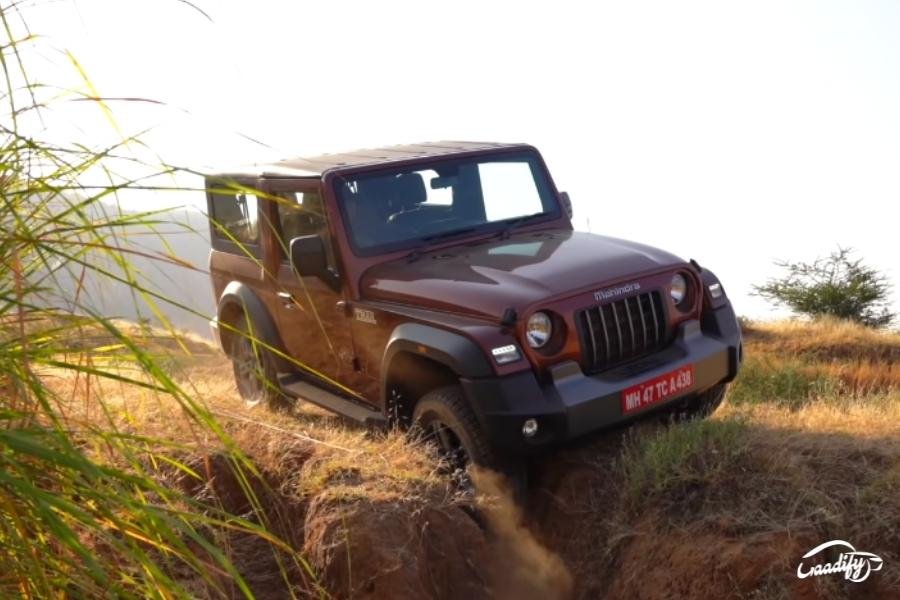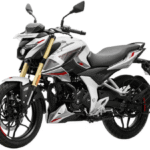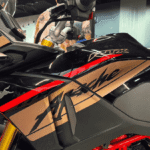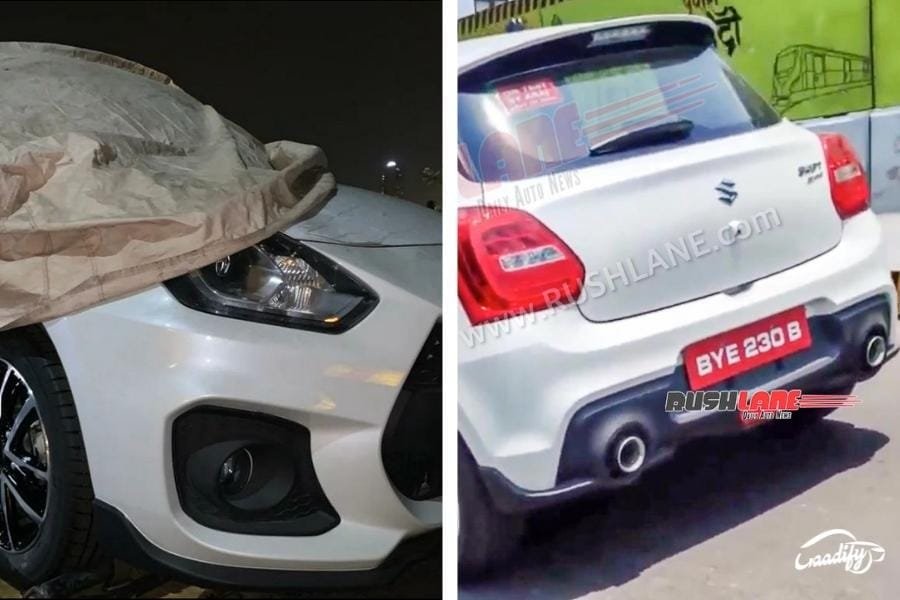We Indians love off-roading. Treading through uncharted roads just gets our blood pumping. It is no surprise that we have one of the most affordable full-fledged off-road offerings in the world such as Mahindra Thar and Force Gurkha. But this off-road experience is as thrilling as it is confusing, with the abundance of terminologies to explain what does what in what terrain.
So here are some common off-roading terminologies which you may have seen in brochures but probably don’t have a clue what they meant!
Articulation
Articulation refers to the vertical distance between your wheels and the axle. The greater the articulation, the more travel the wheel will have and the better it can climb over obstacles.
Ground Clearance
This is defined as the amount of distance between the floor/lowest part of the vehicle and the ground. It signifies the ride height of the car, and the higher it is the better it is to wade over obstacles without damaging the underbody.
Also Read: Off-Road Capable Jeep Compass Trailhawk Makes Comeback At Rs 30.72 Lakh

Approach Angle
This is the maximum angle of clearance a vehicle has when climbing a hill or approaching an obstacle. It is defined as the angle between the ground and the line drawn between the front tire and the front bumper. The higher the value, the steeper the hill your 4×4/AWD can climb. Exceeding the approach angle will end up causing damage to the front end.
Departure Angle
This is the maximum angle of clearance on a vehicle when leaving an obstacle or descending a hill. It is defined as the angle between the ground and the line drawn between the rear tire and the lowest-hanging rear part of a vehicle (often the rear bumper).

Also Read: Decoding The Tyre Nomenclature
Breakover Angle
This is the clearance your off-roader has at the middle of its underside. A vehicle with a short wheelbase and higher ground clearance will have a better break-over angle.
Winching
The exercise of pulling/rescuing a vehicle with the help of a winch machine (spooled cable).
Roll Cage
A frame made of metal pipes inside/outside the cabin to keep the roof from collapsing in case if the vehicle topples.
Propeller Shaft
Also known as the driveshaft, this is what is responsible for transferring all that power and torque to the axles which go to the wheels. With the help of the transfer case, you can pick which axle to send power.
Differentials
A differential has a system of gears arranged in such a way that connects the propeller shaft with the rear axle. It provides the relative moment to the two rear wheels when the car takes a turn. It could also stop the power delivery to a certain wheel if it is rotating at a faster RPM than the wheel on its opposite axle. It mitigates wheel spin in cases where the car may be off the ground and losing traction making it stuck in one place and matching the RPM of both wheels so that the car can get unstuck. Mostly all off-road vehicles come with differentials.
Transfer-Case
The heart of your 4×4 system – It is what enables you to switch between those 4×2 and 4×4 profiles by transferring the power to the required drive shaft. When in single axle drive, it only delivers power to the front or rear axle, but when switched to 4×4 or AWD, it puts out power to both the front and rear axles.
4WD Modes
Successful off-roading requires different modes, where depending on the situation you can assign how many axles to deliver power. They are of three types:
- 2L (Tarmac use): Known as 2-low, it engages two-wheel drive and is used primarily for road driving where there is ample traction. It helps to get higher fuel efficiency and minimizes unnecessary wear & tear.
- 4H (for low traction situations): Known as 4-High or 4-wheel drive high range, made for mostly loose gravel and low traction terrains, where you also need a bit of speed, for eg: icy road. The fuel efficiency in this mode will drop due to the increased drag.
- 4L (for extremely low traction situations): Known as 4-Low, it is 4WD Low Range and is made for difficult and unforgiving terrain, with loads of obstacles and minimal traction. For eg: climbing steep rocks. It offers lots of acceleration and torque, but not much speed.








